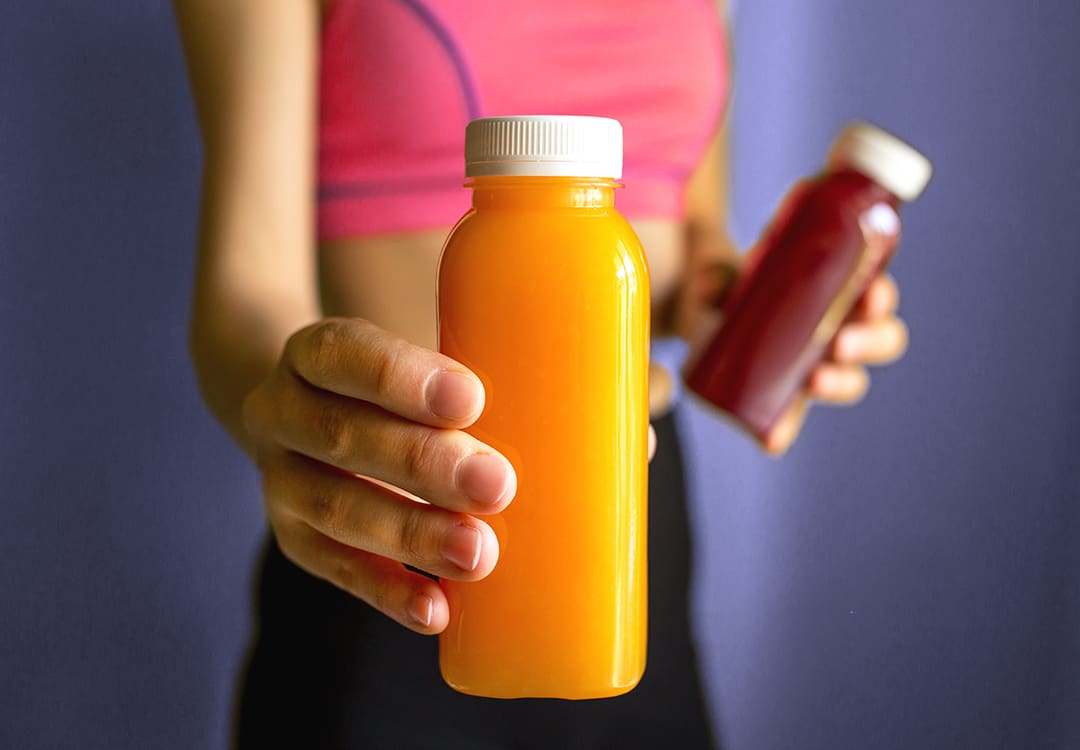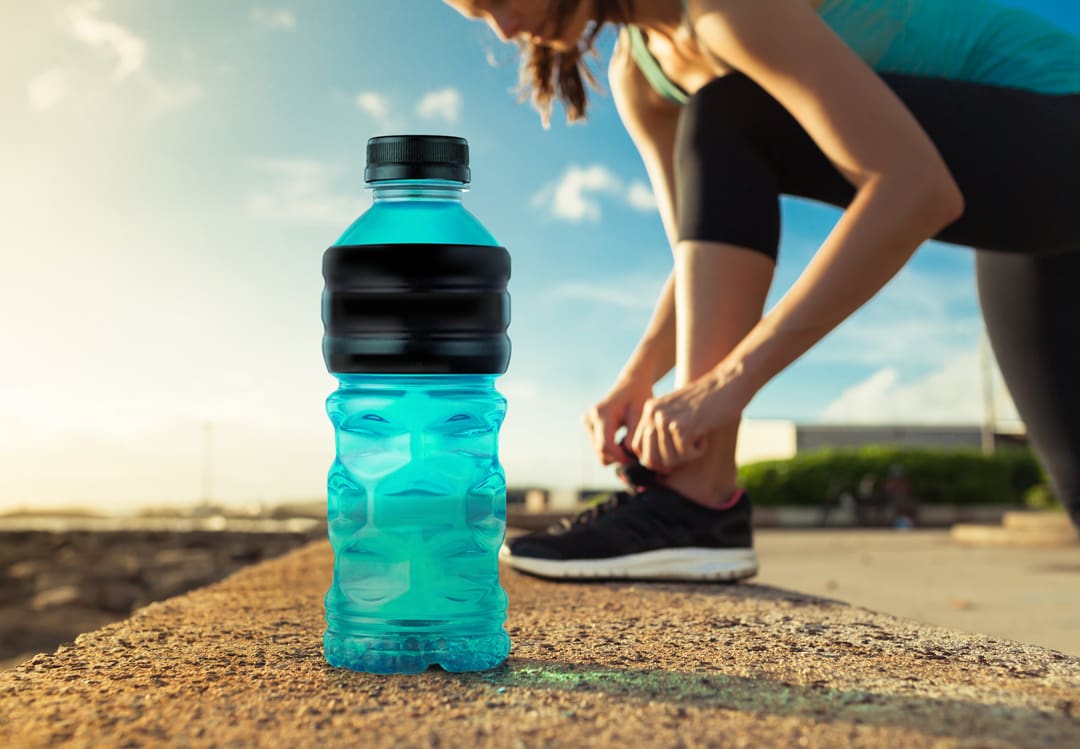In the world of food and beverage packaging, two plastics stand out as the top workhorses: Polyethylene (PE) and Polypropylene (PP). You’ve probably encountered them countless times without even realizing it. PE and PP polymers* form the backbone of the bottle and closure industry, shaping everything from your shampoo container to the bottle cap on your favorite soda bottle. But what sets them apart? Which one should you pick for your next project? Let’s explore the features, benefits, and differences of PE and PP plastics in bottle and closure manufacturing.
Polyethylene
Polyethylene was discovered by accident in 1933 by two organic chemists at the Imperial Chemical Industries Research Laboratory in Northwich, England. You can bet they had no idea how their chance innovation would revolutionize the world.
Fast forward to today and picture the standard milk jug in your refrigerator or the plastic closure on your favorite carbonated soft drink. Chances are, it’s made of Polyethylene. PE is the role model of versatility in the plastic world, offering a spectrum of densities to suit most packaging needs. There are two primary formulations of PE.
Features
- High Density Polyethylene (HDPE): Known for its robustness, HDPE is the go-to choice for containers requiring strength and durability. Think milk jugs and detergent bottles. Its resilience against chemicals and moisture makes it a top contender for packaging liquids.
- Low Density Polyethylene (LDPE): On the flip side, LDPE brings a softer touch, ideal for squeeze bottles and flexible packaging. Its flexibility and ease of processing make it a favorite for applications where malleability is key. And, precisely due to its pliability, LDPE is not the polymer of choice in bottle cap manufacturing.
Benefits
- Robust Material Properties: PE a is more forgiving plastic than other plastic types, which makes it an ideal material for high-speed application. With PE being a softer, more ductile material, products made of it are highly impact-resistant resulting in minimal design cracking.
- Recyclability: In an era of eco-consciousness, HDPE and LDPE are heroes in the recycling world. These plastics are readily recyclable, paving the way for a greener approach to packaging in a growing circular economy.

Polypropylene
Polypropylene commercial production started in 1957. Initially, PP fibers were used in ropes, fabrics, upholstery, and carpets. Thanks to its unique properties and versatility, soon everyday items like food and liquid bottles were made of PP through blow molding. Injection molding allows a range of PP product production as well including appliance housings, automotive parts, toys, furniture, and, of course, bottle caps.
Features
- Heat Resistance: PP boasts a higher melting point compared to PE. This thermal resilience lends itself well to hot-fill applications, such as sauces and condiments.
- Clarity: PP resin offers exceptional lucidity, allowing products capped with PP closures to be practically transparent.
Benefits
- Robust Material Properties: Although PE is more forgiving and softer than PP, closures made from PP are also ideal for high-speed application due to its rigidity. PP is a rigid material that offers excellent environmental stress crack resistance, an extremely important attribute of a closure design.
- Fatigue Resistance: Polypropylene’s exceptional fatigue resistance has also led to its use in long-lasting hinged closure designs for packaging and other applications.
Side-by-side: PP vs. HDP
Here is a quick reference comparing High Density Polyethylene and Polypropylene.
| HDPE | PP |
|
|
Can’t decide on your bottle closure? CSI’s Capfinder tool is the best place to start. Capfinder is a searchable online database that includes more than 90 stock closures. Filter by materials, market segment, closure diameter, application/fill process, and more. Or, contact CSI’s customer service team here to get a quote on a custom closure that meets your product requirements.
*Polymers are a substance that has a molecular structure consisting chiefly or entirely of a large number of similar units bonded together, e.g., many synthetic organic materials used as plastics and resins.
**Organoleptics means affecting or relating to qualities of a substance like a food or drug that stimulate the sense organs such as taste, color, odor, and feel.
- What are PE and PP?
-
- PE (Polyethylene) and PP (Polypropylene) are two of the most common plastics used in food and beverage packaging, especially for bottles and closures.
- What are the different types of PE?
-
- There are two main types of PE used in bottle cap manufacturing:
-
- High-Density Polyethylene (HDPE) – known for its robustness and good for containers requiring strength and durability.
- Low-Density Polyethylene (LDPE) – known for its softness and flexibility, but not ideal for bottle caps.
- What are the features of PE?
-
- PE offers a range of densities for various packaging needs.
- HDPE is strong, durable, and resistant to chemicals and moisture.
- LDPE is soft, flexible, and easy to process.
- What are the benefits of PE?
-
- PE is a forgiving material, making it ideal for high-speed applications and impact-resistant.
- HDPE and LDPE are highly recyclable.
- What are the features of PP?
-
- PP has a higher melting point than PE, making it suitable for hot-fill applications.
- PP resin offers good clarity.
- What are the benefits of PP?
-
- PP closures are rigid and have excellent environmental stress crack resistance, ideal for high-speed applications.
- PP has exceptional fatigue resistance, making it suitable for long-lasting hinged closures.
- Which is better, HDPE or PP for bottle caps?
-
- HDPE is not ideal for bottle caps due to its pliability. PP is generally the preferred material for bottle caps due to its rigidity and stress crack resistance.
- I still can’t decide on a bottle closure material. What should I do?
- The blog suggests using CSI’s Capfinder tool, a searchable database that helps you filter closures by material, application, and other criteria. You can also contact CSI’s customer service for a custom closure solution.














Recent Comments